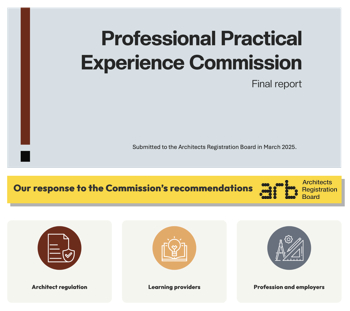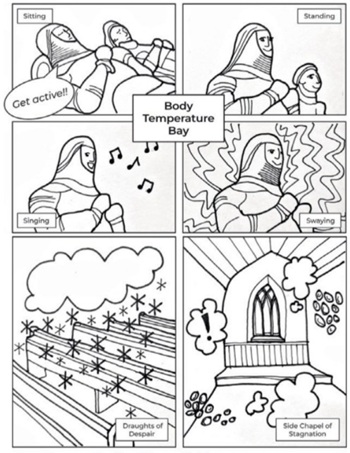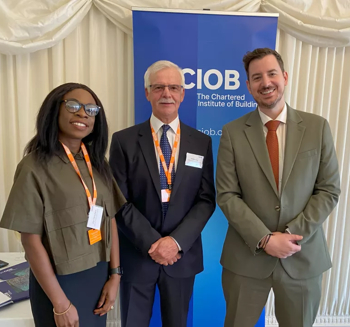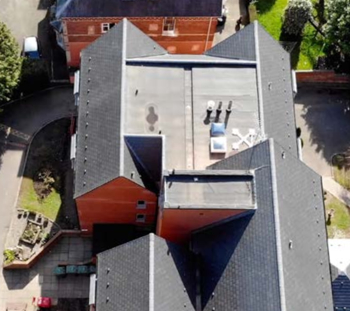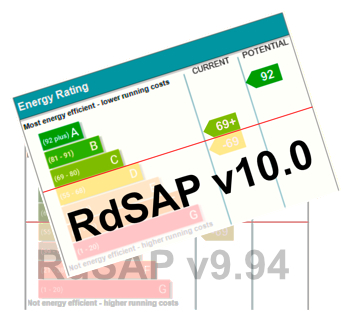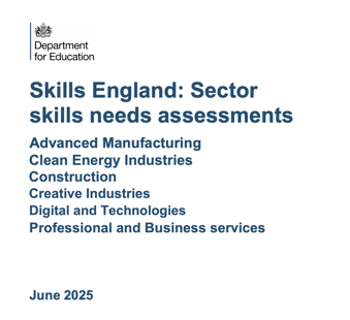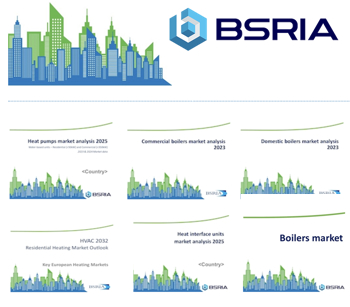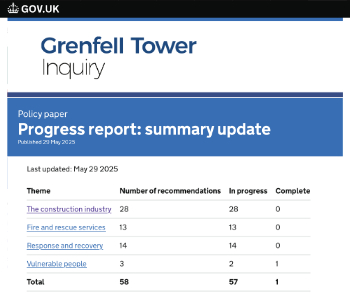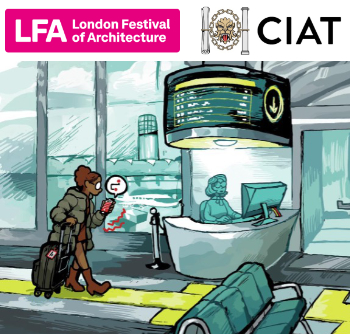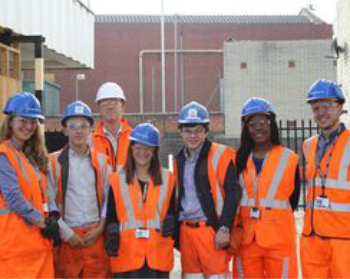Main author
Multiple Author ArticleBREEAM Aftercare support
Contents |
[edit] Aim and benefits
Along with seasonal commissioning, aftercare support to the building end users is essential to improve building operational performance and to reduce the performance gap.
The BREEAM criteria overlaps government and BSRIA‘s soft landing requirements and helps ensure a smooth transition from handover through to full operation.
Face to face training for the facilities management (FM) team and the end users, also helps to optimise the use of building user guides, operation and maintenance manuals (O&Ms) and all other documents passed on at hand over stage.
Frequent meetings, and facilities to monitor utilities consumption enables enhanced seasonal commissioning and the identification of defects sooner rather than later.
[edit] When to consider
[edit] Design stage
If targeted, bring to the awareness of the client/design team that commitment is required and it needs to be included in the Employer’s Requirements (ERs) prior to tender so the potential contractors are aware that they need to allow for the service.
[edit] Post construction stage
Principal Contractors to appoint a team/individual in charge of aftercare duties, which then provide the meetings and training schedule and the list of potential attendees.
[edit] Step-by-step guidance
The Principal Contractor should demonstrate how they will:
- Present key information about the building, including the design intent and how to use the building to ensure it operates as efficiently and effectively as possible.
- Conduct on-site facilities management training, to include a walkabout of the building and introduction to and familiarisation with the building systems, their controls and how to operate them in accordance with the design intent and operational demands.
- Provide initial aftercare support for at least the first month of building occupation, e.g. on-site attendance on a weekly basis to support building users and management (this could be more or less frequent depending on the complexity of the building and building operations).
- Provide longer-term extended aftercare support for occupants for at least the first 12 months from occupation, e.g. a helpline, nominated individual or other appropriate system to support building users/management.
[edit] Questions to ask while seeking compliance
- Are the facilities specified for sub-metering and monitoring? Is there a Building Management System (BMS) specified and are all the sub-meters linked to the BMS?
- Who is in charge of appointing the aftercare team? Is it a contractor’s requirement or an independent party?
- Do you know the end users? So that the aftercare team can arrange a training schedule.
- If the end user is unknown or multi-tenanted, does the building have a central facilities manager to receive all the necessary training.
- Does the aftercare team have weekly and monthly meeting schedules for the first 12 months after occupation.
- Ask the client what sort of operational infrastructure and resources they have/intend to have in place to coordinate the collection and monitoring of energy and water consumption data once the building is occupied.
[edit] Tools and resources
[edit] Tips and best practice
- Remind contractors that they are actively involved with the building’s management team and ensure all the necessary meetings and schedules are drafted prior to handover.
- Ask for drafts of the contractor’s schedules etc prior to completion to check that they will meet BREEAM requirements.
[edit] Typical evidence
Construction programme demonstrating a handover meeting.
Contractor’s summary to demonstrate how they intent to present key information about the building, on-site facilities management training, timetable for a walkabout of the building and introduction to the building systems, their controls and how to operate them.
Extract from the contractor commitment to provide initial aftercare support for at least the first month of building occupation.
Extract from the contractor commitment to provide longer term aftercare support for occupants for at least the first 12 months from occupation.
[edit] Applicable Schemes
The guidelines collated in this ISD aim to support sustainable best practice in the topic described. This issue may apply in multiple BREEAM schemes covering different stages in the life of a building, different building types and different year versions. Some content may be generic but scheme nuances should also be taken into account. Refer to the comments below and related articles to this one to understand these nuances. See this document for further guidelines.
- UK New Construction 2014
BRE Global does not endorse any of the content posted and use of the content will not guarantee the meeting of certification criteria.
--Multiple Author Article 16:25, 19 Apr 2018 (BST)
[edit] Related articles on Designing Buildings
Featured articles and news
Professional practical experience for Architects in training
The long process to transform the nature of education and professional practical experience in the Architecture profession following recent reports.
A people-first approach to retrofit
Moving away from the destructive paradigm of fabric-first.
International Electrician Day, 10 June 2025
Celebrating the role of electrical engineers from André-Marie Amperè, today and for the future.
New guide for clients launched at Houses of Parliament
'There has never been a more important time for clients to step up and ...ask the right questions'
The impact of recycled slate tiles
Innovation across the decades.
EPC changes for existing buildings
Changes and their context as the new RdSAP methodology comes into use from 15 June.
Skills England publishes Sector skills needs assessments
Priority areas relating to the built environment highlighted and described in brief.
BSRIA HVAC Market Watch - May 2025 Edition
Heat Pump Market Outlook: Policy, Performance & Refrigerant Trends for 2025–2028.
Committing to EDI in construction with CIOB
Built Environment professional bodies deepen commitment to EDI with two new signatories: CIAT and CICES.
Government Grenfell progress report at a glance
Line by line recomendation overview, with links to more details.
An engaging and lively review of his professional life.
Sustainable heating for listed buildings
A problem that needs to be approached intelligently.
50th Golden anniversary ECA Edmundson apprentice award
Deadline for entries has been extended to Friday 27 June, so don't miss out!
CIAT at the London Festival of Architecture
Designing for Everyone: Breaking Barriers in Inclusive Architecture.
Mixed reactions to apprenticeship and skills reform 2025
A 'welcome shift' for some and a 'backwards step' for others.








